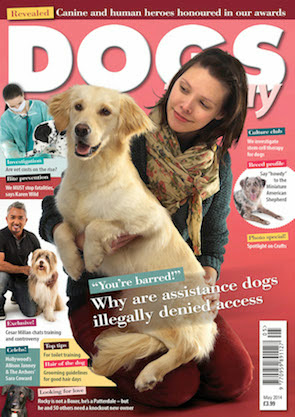As you can see I am up at silly o'clock as my spaniel, Lilly, was rushed into the vets yesterday.
She had cystitis three weeks ago and yesterday her pancreatitis hit for the very first time. She is a big dog but she is only fed the raw food diet, getting only one treat a day. I walk her every day with me as I am a dog walker and she spends most of the day with me. They are saying I must be feeding her fatty foods and gravy etc. I am a vegan so the only meat that comes into the home is for her and she never has it cooked. She had, in her previous home, eaten toys and the first two weeks of living with me she had to be rushed in and had to have two operations on her intestines and lost a bit of her small intestine.
I've worked with animals for over 13 years and none of my pets being fed like this have ever been ill and have lived to very old ages (20+ years). I am at a loss as to what caused this and need help to stop it happening again and don't feel the vets are helping, just accusing me.
She has always been big as she was the only pup her mum had, and has had lots of health problems which I keep on top of. I have attached a photo of Lilly and we need help please as she is a very important little thing to me. She is still in the vets and I have asked them to see if there is another underlying condition that caused both the cystitis and this as they have happened very near each other.
Claire McDonald, by email
Claire McDonald, by email


